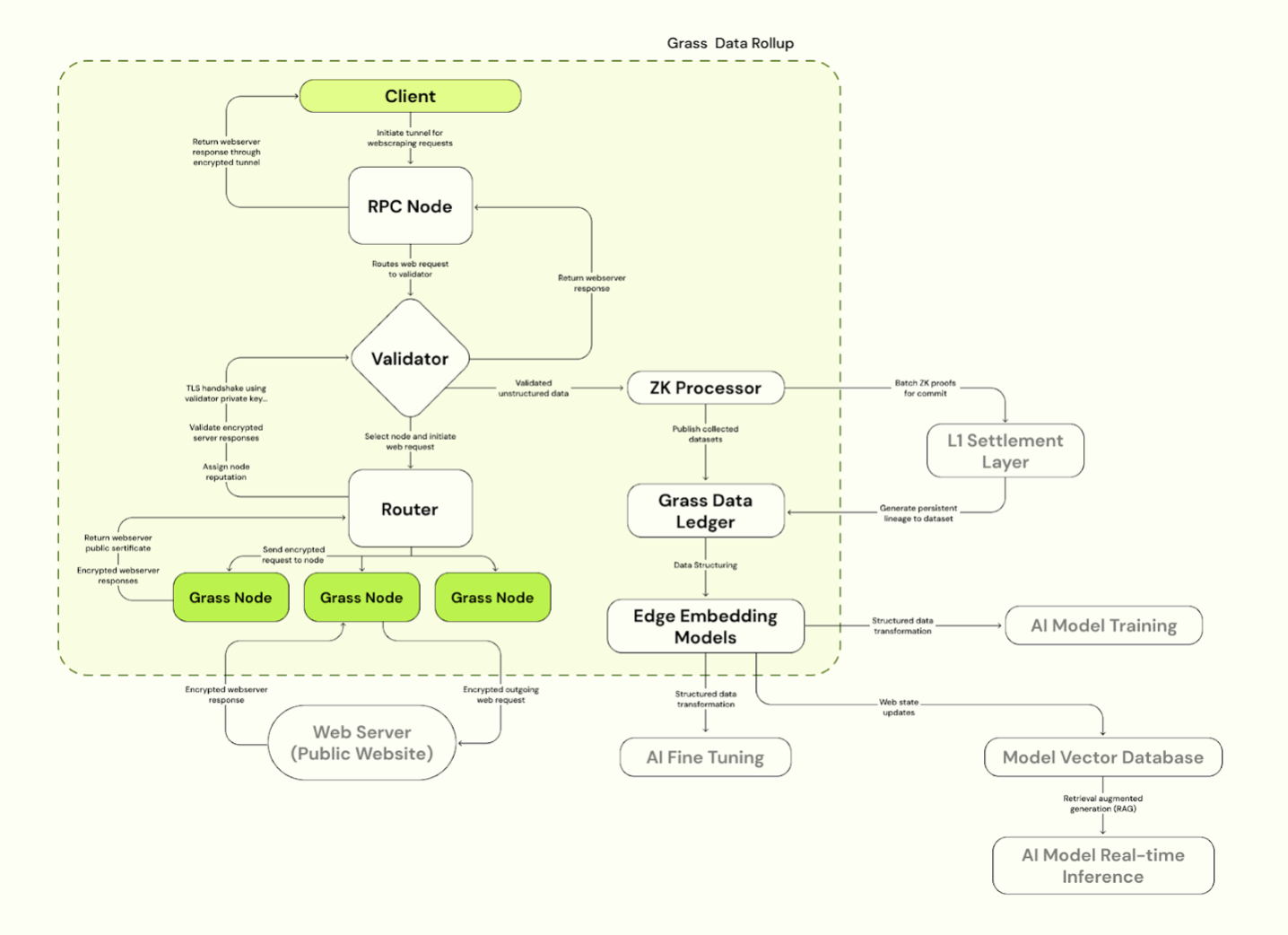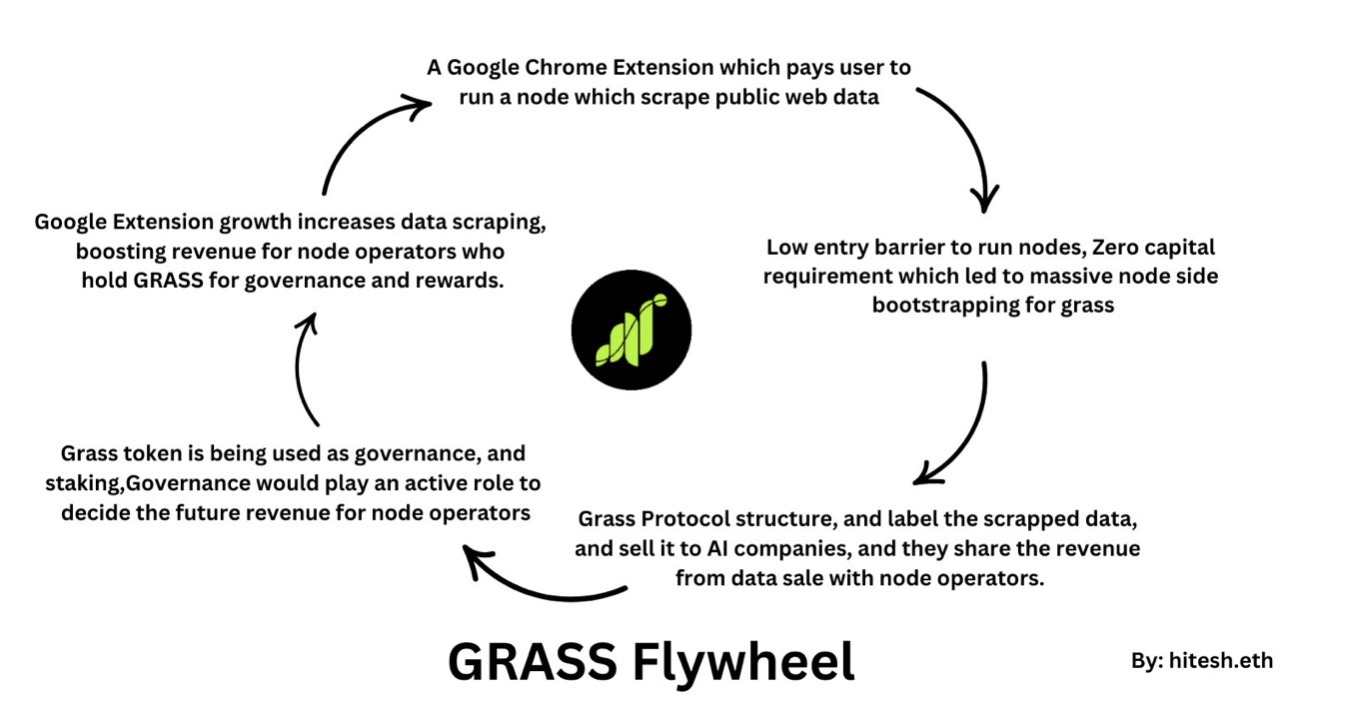Blockchain technology has progressed from its origins with Bitcoin. We’ve witnessed DeFi disrupt traditional finance, NFTs redefine digital ownership, and now we are starting to see advancements in Decentralized Physical Infrastructure Networks (DePIN). DePIN employs blockchain technology to decentralize real-world systems like internet bandwidth and wireless connectivity, distributing ownership to participants in the decentralized network.
DePIN is seeking to challenge centralized infrastructure by moving away from reliance on telecom and cloud giants. It encourages everyday people to contribute resources like bandwidth, storage, or computing power and rewards them with tokens. It’s decentralized, cost-efficient, and inclusive. The total addressable market for DePIN is approximately $2.2 trillion and has the potential to exceed $3.5 trillion by 2028, according to Messari. Projects such as Helium (decentralized wireless networks) and Filecoin (distributed storage) have gained significant traction in recent years, making Grass one of the fastest-growing DePIN projects. This protocol transforms unused internet bandwidth into an additional income source for users and serves as a data pipeline for AI.
Grass’s product is built to be straightforward: Users install an app and let it run in the background, and the app will automatically use a portion of their unused bandwidth. That bandwidth is pooled across a global network and sold to companies that scrape public web data, such as those training AI datasets. In exchange, users earn $GRASS tokens. Since its debut in late 2023, Grass has onboarded over 3M users and processed over 8M gigabytes of data.

What sets Grass apart?
-
Ethical Data Sourcing: Users opt-in and control their contribution, unlike centralized scrapers that often harvest data without consent.
-
Proof-of-Contributions: A blockchain-based system tracks uptime, bandwidth quality, and demand to ensure fair token rewards.
-
AI Synergy: Grass delivers verified, structured web data for AI, which is a critical need as developers scramble for clean datasets.
-
In 2025, Grass processed over 1M gigabytes of data daily, awarding users with points eventually converting into $GRASS tokens.

Grass’s Blockchain Architecture
Grass isn’t just a bandwidth-sharing app. It’s a blockchain-driven system designed to scale, built on Solana to utilize the chain's speed and efficiency to handle data transactions. However, Grass is also creating its L2, which will be tailored toward handling the volume of data.
Breakdown:
-
Solana Base: Grass uses Solana for its fast transaction settlement and real-time token payouts. It’s a solid foundation for logging contributions and rewards on-chain.
-
Grass L2: This L2 is planned to be customized for Grass. It batches data scraping sessions off-chain and settles them on Solana, cutting congestion and costs while keeping the network decentralized.
Zero-Knowledge Proofs
ZKPs let you prove something is true without revealing the details. Grass uses zk-SNARKs (Zero-Knowledge Succinct Non-Interactive Argument of Knowledge), a ZKP variant known for small proof sizes and fast verification, to power its network.
Data Provenance and Integrity
-
When a Grass node scrapes web data, validators generate a zk-SNARK proof, tying the data to its source (for example, a public website) and confirming its authenticity. This proof is logged on-chain without exposing the user’s identity or the raw data.
-
Companies buying the data need assurance it’s legit and not fabricated or altered. ZKPs provide that trust while shielding user privacy, a step up from centralized scrapers that often log sensitive info.
Scalability via ZK Rollups
-
Grass’s L2 rollup aggregates thousands of data transactions into a single zk-SNARK proof. This proof, a cryptographic summary of off-chain activity, is submitted to Solana for verification and settlement.
-
Solana is fast but cannot handle millions of individual data proofs without bloating. Rollups slash gas costs and latency, allowing Grass to scale to tens of millions of users.
Grass’s focus on bandwidth and AI data positions it alongside DePIN pioneers like Helium and Filecoin. This diversity within the DePIN ecosystem shows its growing potential. Each project addresses a distinct inefficiency with centralized infrastructure and shares the goal of replacing centralized intermediaries with community-run networks that reward participation. As AI, IoT, and automation grow in popularity, DePIN plays a significant role in democratizing access to the growth of these technologies. Grass shows that decentralized networks can turn passive users into stakeholders, allowing everyone to benefit from the development of AI. DePIN isn’t solely about decentralizing infrastructure but also about distributing ownership to those who actively contribute to the network's success.